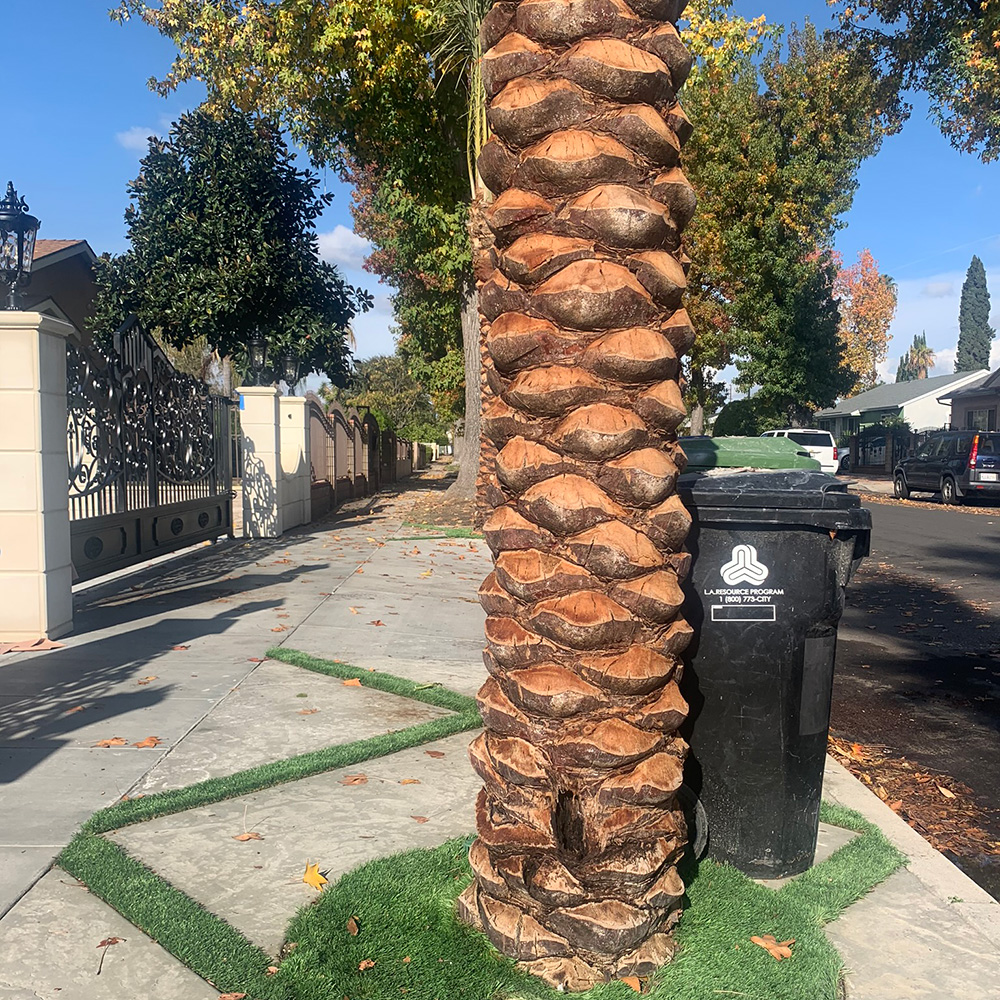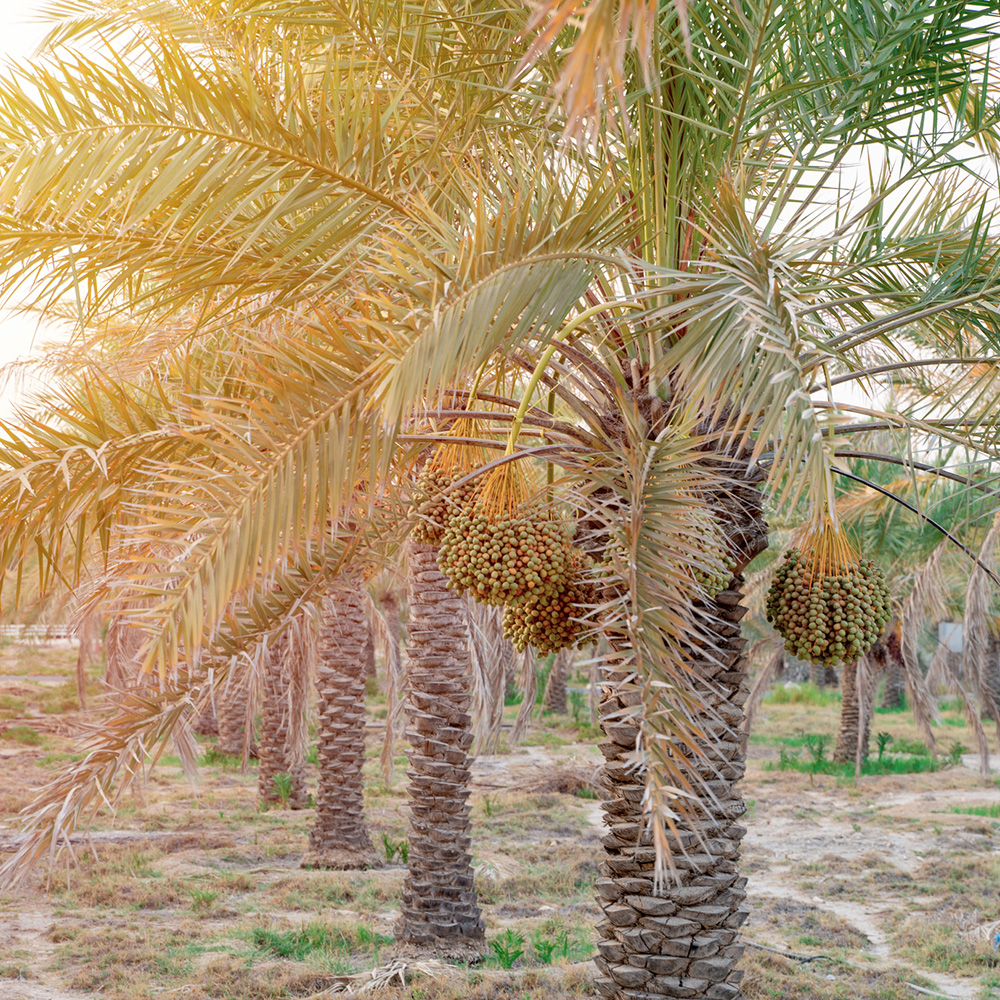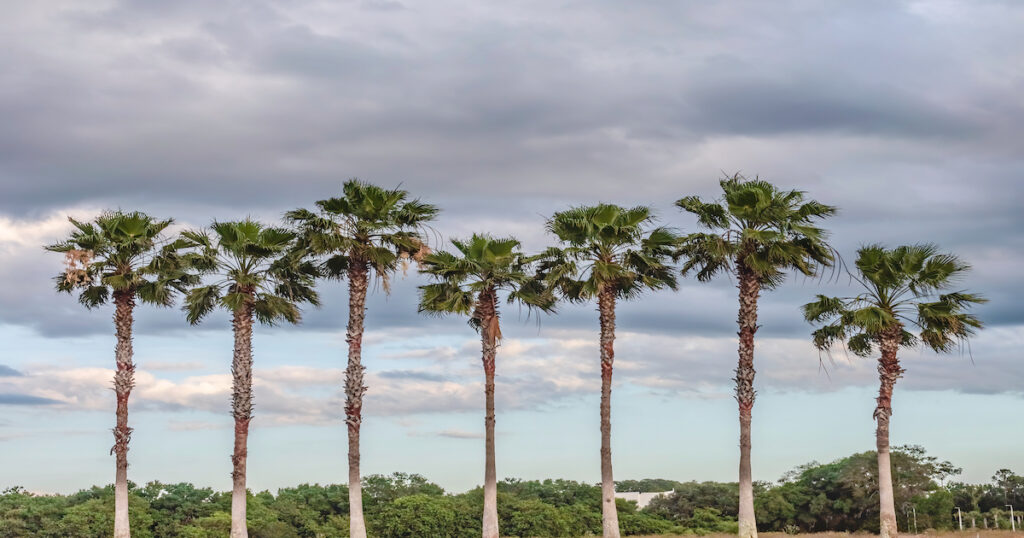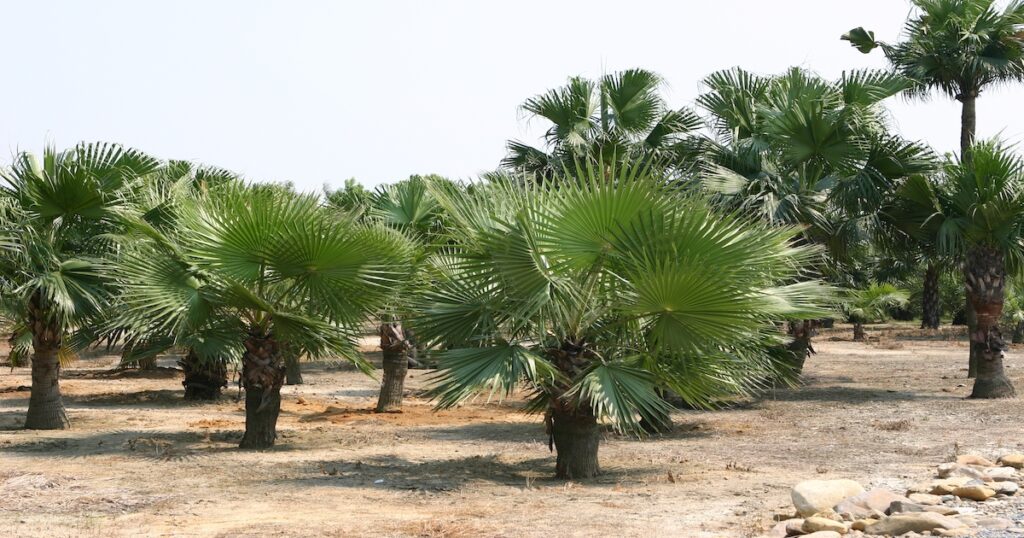Desert Empire Palms Grows Thriving Deglet Date Palms
The Deglet Date Palm is a grandiose and towering addition to both residential and commercial landscaping. With mature growth up to 120 feet and a broad-reaching canopy, these hardy palms bring a tropical focal point to any skyline.
Desert Empire Palms grows, sells, and delivers healthy Deglet Date Palms that will be a beautiful addition to your project. Grown by our palm experts and backed by decades of palm tree cultivation experience, we are sure to deliver a thriving plant to your location.




